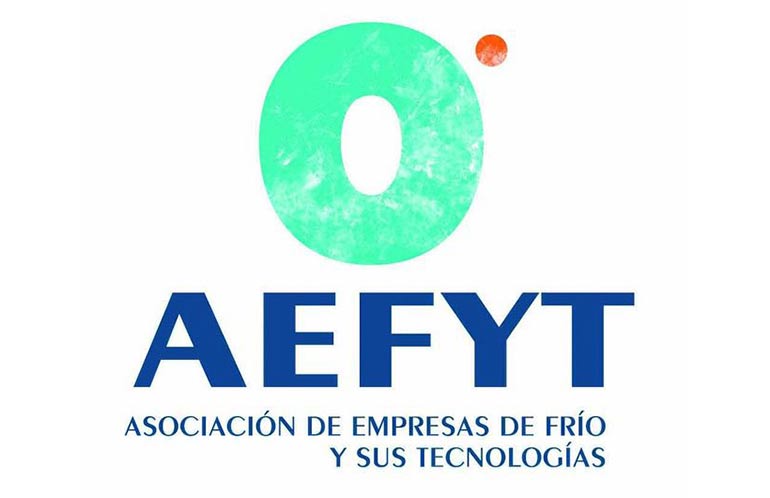Flammable charge limit increase – when, not if
24th April 2019
SPAIN: Despite last week’s vote against an increase to flammable refrigerant charge sizes, the Spanish refrigeration association AEFYT believes its a case of when, not if, the standard is approved.
The long-awaited changes to the IEC 60335-2-89 standard, which would have seen A3 refrigerant charge sizes increase to 500g and A2L refrigerants to 1.2kg, was defeated by a single vote last week after some countries, including the US and Japan, expressed concern over safety issues.
“We regret this decision of the International Electrotechnical Commission, which we consider a brake on the development of commercial refrigeration systems more efficient and beneficial for the environment, as well as more secure,” said AEFYT president Roberto Solsona. “We have an obligation to respond to the demands of society and users of cold with our contribution to the circular economy and the brake of global warming and, therefore, we hope to overcome this setback soon.”
The AEFYT described the decision as a setback, particularly in light of the fact that the national committees had voted 75% in favour last July. “Therefore, it is difficult to understand this change of position after having created positive expectations for the industry and which has been working since 2014,” said the AEFYT.
Despite their concerns, and those of other organisations such as the Council of Sustainable Refrigeration of North America (NASRC), the European Organisation of Citizens for the Environment (ECOS) and other NGOs, including the Environmental Investigation Agency (EIA), the proposal is not definitively rejected.
The draft standard is likely to be referred back to the SC 61C subcommittee, which could continue the standard definition process, or the higher charge limit could be the subject of a “technical specification” rather than a new standard.
The AEFYT remains positive in the light of the single-vote defeat. “The general opinion is that these tight margins indicate that the increase in the load of flammable gases is a question of when it will be done and not whether a higher load limit will be passed in the near future,” the association said.







